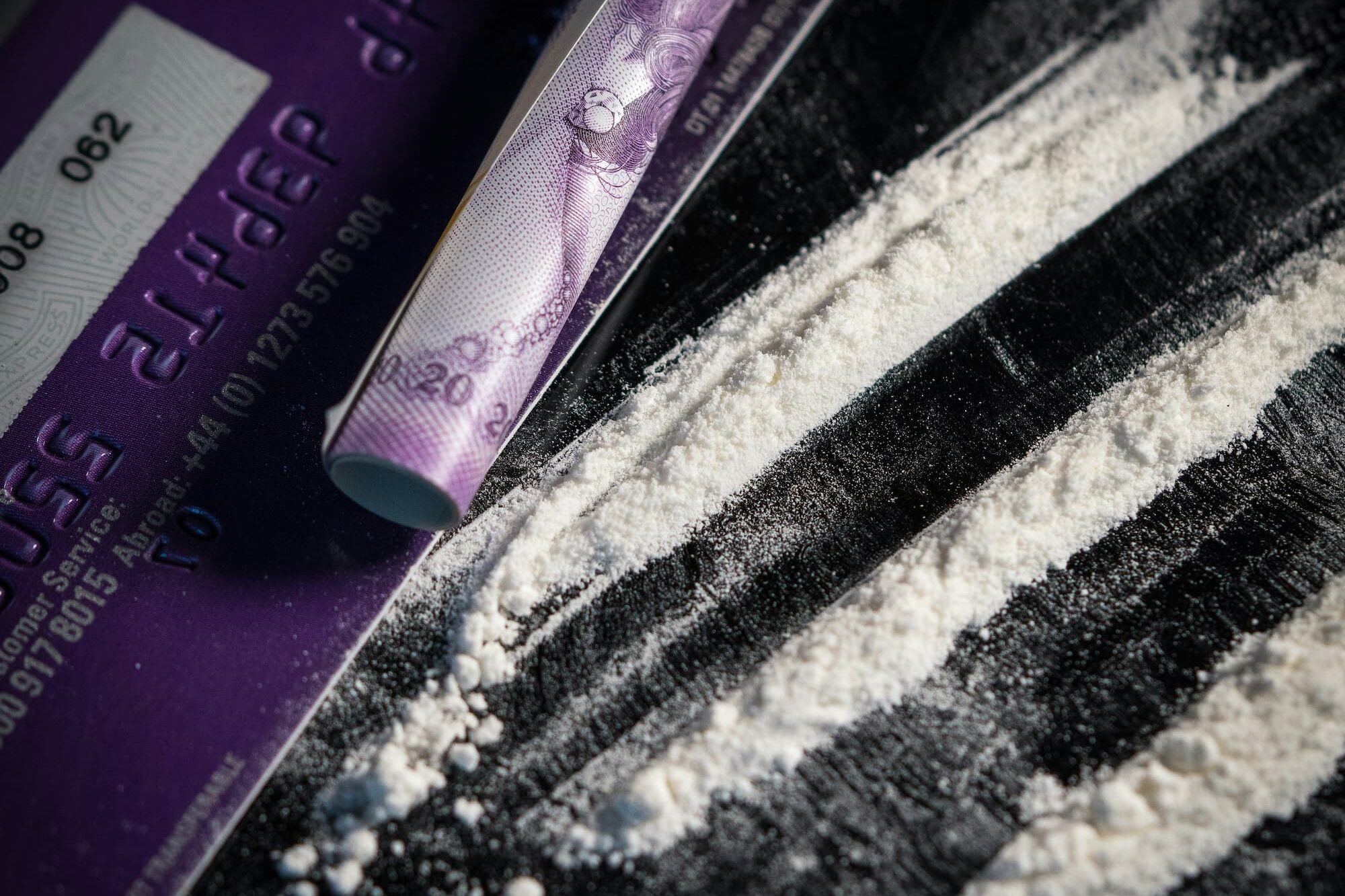If you remember when fentanyl first hit the scene, you know how fast the supply can turn into a minefield. Now, there’s another player in the mix: nitazenes. This family of synthetic opioids is so strong that some versions make fentanyl look weak.
A new study out of the UK, published on August 9, 2025 in Harm Reduction Journal, looked closely at nitazene test strips. The results should be a wake-up call for anyone relying on them.
What the Study Looked At
Researchers tested one brand of nitazene strips against 36 different nitazene analogs, plus 93 other common drugs and adulterants. Here’s what they found:
- 28 out of 36 nitazenes showed up as positive (about 78 percent)
- 8 nitazenes slipped through undetected, giving a false sense of security
- High doses of caffeine triggered false positives in real-world heroin samples
- Other common substances didn’t cause false positives, but caffeine alone was enough to complicate things
In simple terms: the strips work most of the time, but not all of the time. And sometimes they give you the wrong answer.
Why It Matters
Harm reduction is built on trust. If a strip misses a deadly analog, someone might think they’re safe and use without caution. If it gives too many false alarms, people lose faith in the tool. Once that trust is gone, it’s hard to win it back.
This isn’t a far-off problem. Nitazenes have already been found in the United States, the UK, Australia, and across Europe. They often show up in heroin, fake pills, or pressed benzos. Some analogs are hundreds or even thousands of times stronger than morphine. A few may be more toxic than fentanyl itself.
What Test Strips Can and Can’t Do
We’ve said it for years: test strips are an early warning system, not a guarantee. The point is to use them as one signal among many, not as the only thing you trust.
Where We Stand
Yes, Bunk Police sells the same brand of nitazene strips mentioned in the Harm Reduction Journal. Here’s how we approach the findings:
- Be transparent. No strip catches everything.
- Bundle with education. We provide overdose prevention guidance and mixing risk information.
- Encourage confirmation. If you can, follow up with reagent testing or lab testing.
- Support reporting. Anonymous reports help communities track trends before they explode.
A Lesson From Scotland
Scotland recently tested a social program that focused on test strip distribution. The program didn’t just hand out strips, it also paired them with overdose awareness training. The results showed that strips opened the door to more conversations. People who got test strips were more likely to:
- Carry naloxone for yourself or others
- Avoid mixing drugs with known or unknown effects
- Seek confirmatory testing when results looked suspicious
The distribution of test strips worked as an engagement tool as much as a testing tool.
The Bottom Line
Nitazenes aren’t just the “next fentanyl.” They’re an unpredictable, highly potent, fast-moving family of drugs. If we pretend test strips are a magic shield, we’re setting people up for failure. If we use them as one part of a bigger harm reduction plan built on trust, training, and real information, we give ourselves a fighting chance.
We’ll keep making nitazene strips available. But the real product we’re offering is knowledge, context, and survival.
References & Further Reading
- Marland J. et al. (2025) Evaluation of nitazene immunoassay test strips…, Harm Reduction Journal
- De Vrieze S. et al. (2024) Nitazene test strips: a laboratory evaluation. Harm Reduction Journal
- Caprari P. et al. (2025) The emergence of nitazenes…, Archives of Toxicology. Springer
- Scottish Drugs Forum (2025) Nitazene testing strips prove valuable engagement tool.


